Essential Tips for Planning the Perfect RV Trip Route
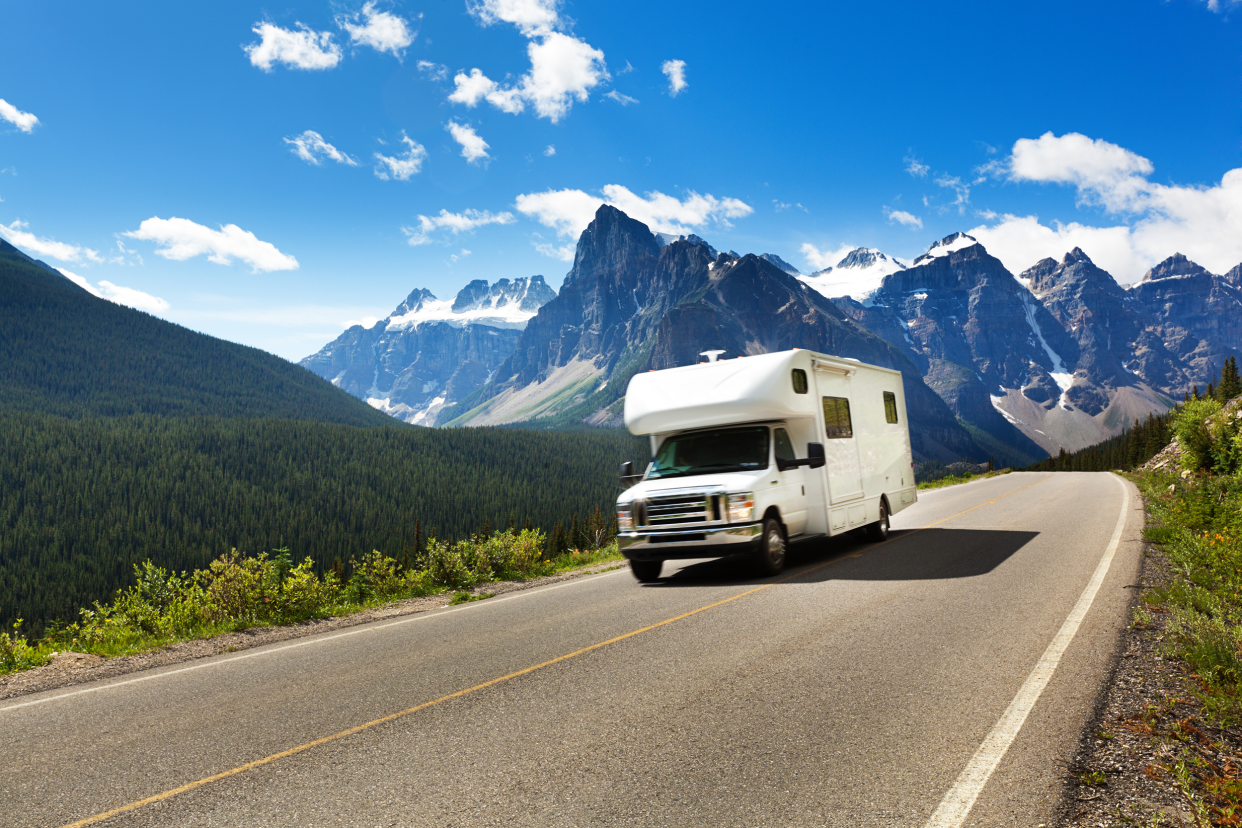
This article originally appeared on RVshare.com and was syndicated by Cheapism.com.
Planning an RV trip route doesn’t have to be difficult. In fact, these days it couldn’t be easier to plan your trip from the comfort of home. There are many planning websites, online maps, and phone apps to help you. These resources provide helpful lists of gas stations, places to eat, mileage and estimated route options, road construction, and so much more. You can even find RV-specific GPS units, which can also help with route planning.
If you’re in the enviable position of playing RV route planner for an upcoming trip, here’s our all-inclusive guide to help you get where you’re going with ease.
Related: 38 Things New RV Owners Wished They'd Known Before Buying That RV
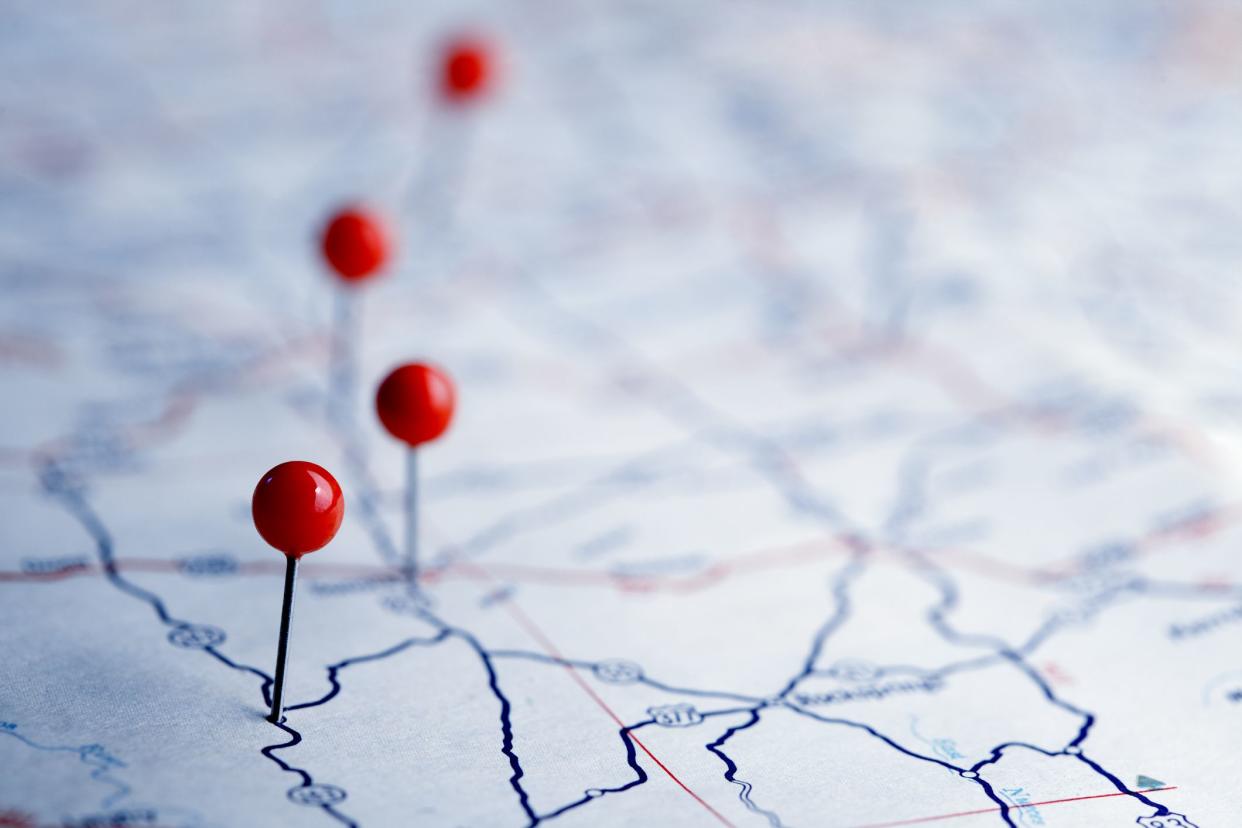
The first thing you need when planning an RV road trip … is a road trip plan!
Although it’s fun to leave some room for spontaneity, it’s also a good idea to have a basic idea of where you’re going. For instance, taking a mega tour of all the U.S. national parks is a much different venture than a quick weekend getaway to a state park or local campground. Which is the kind of trip you’re taking?
Along with having a basic idea of the length of time you’ll be traveling and the areas of the country you’re focusing on, you’ll want to narrow in on some potential places to see along the way. You may want to visit certain cities or attractions, and it might also be a good idea to sketch out the campgrounds where you’ll stay.
Related: Pro Tips for Planning the Ultimate RV Road Trip

There are many online resources to help you perform these steps. Google Maps is a great place to start: Just enter your departure and your destination locations. You will receive a routing option (or potentially several). Consider these options carefully. Ask yourself the following questions:
Does one route avoid congested metropolitan areas and another take you on a scenic route?
Are there tolls (which can be very expensive for a large RV)?
Are there any construction areas?
Are there places to stop and rest along the way?
Are there specific places of interest you would like to visit on the route?
Are there low bridges, narrow roads, or steep inclines and declines?
RV GPS systems will often specifically filter for routes that avoid these kinds of RV obstacles, and also show you campgrounds and RV-friendly gas stations along the way. It’s important to plan fuel stops carefully if you are traveling in a larger RV. It can be difficult to get in and out of a regular gas station without getting stuck (we speak from personal experience). Knowing ahead of time where the next truck stop is will save you time and stress.
Related: The Best RV GPS – A Definitive Guide
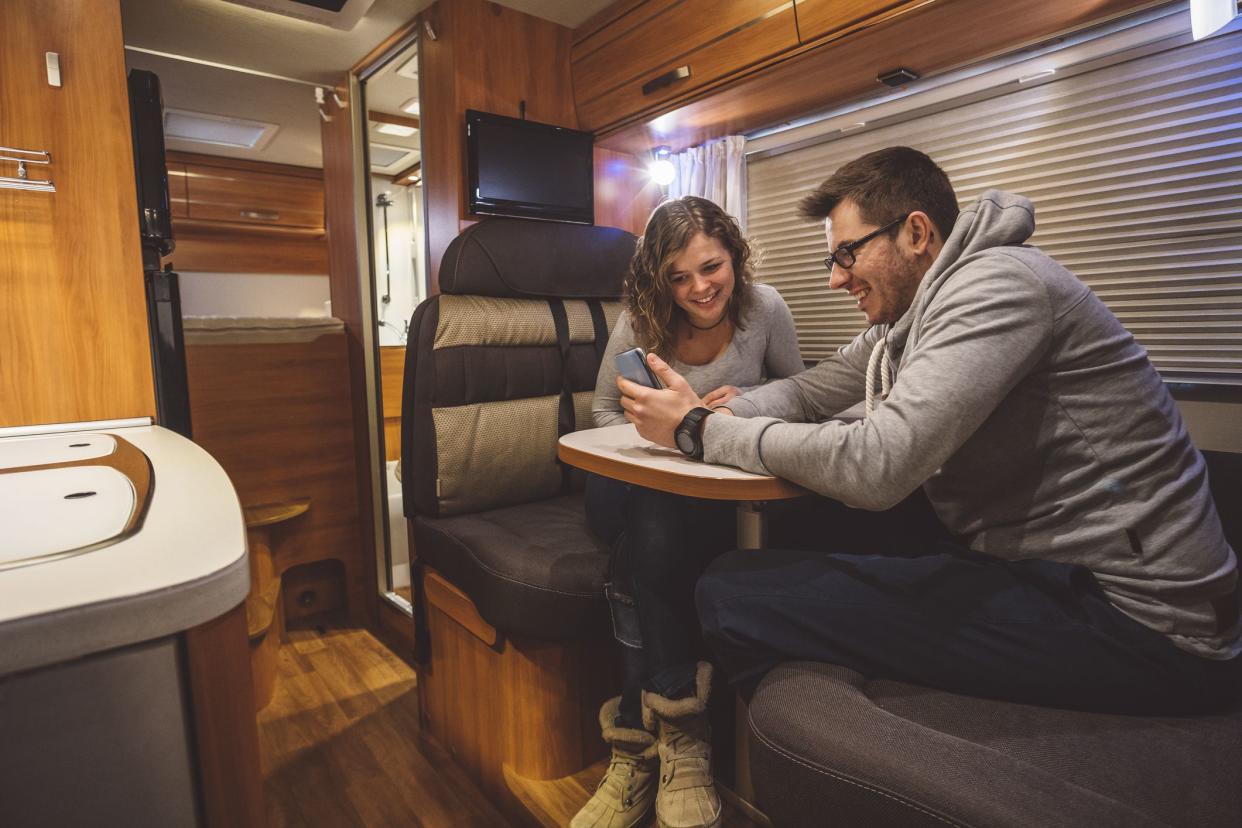
Once you have a route, you can start to get more specific about where you’ll be when. Once again, you do want to leave in some wiggle room for spontaneous adventures … but you also want to sketch a rough outline of your time in order to ensure you have enough to hit all of your main attractions.
Creating a timeline can also help you plan out and book specific campgrounds, which can be an essential part of traveling to popular areas during heavy travel times, like the summer. It’s all too easy to find yourself caught driving around aimlessly with nowhere to stay in those kinds of situations. And although a Walmart parking lot might do in a pinch, it’s no one’s idea of a romantic vacation night.
This is especially important if you’re traveling for a specific event or staying at a large and popular national park. National park campgrounds, specifically, are very apt to get booked up and almost always need to be reserved at least six months, and sometimes a year, in advance. Be prepared!
Related: What to Do on an RV Road Trip: The Ultimate Guide
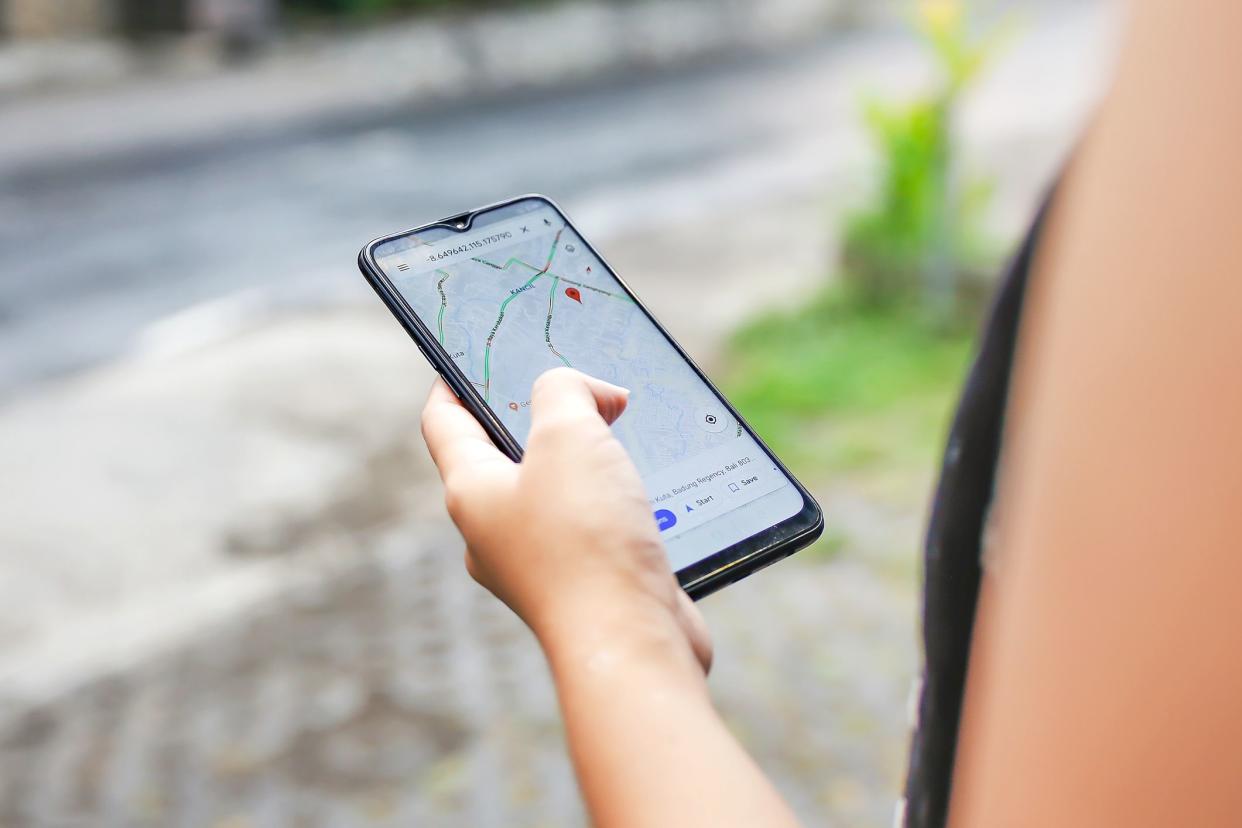
Once you have your itinerary, you can start to break down specific time by looking at distances or specific attractions. For instance, if you’re trying to get from South Florida to West Texas, you might look at the total travel distance (about 1,700 miles) and split it up into drivable days. If you’re traveling approximately 60 miles per hour, 300 miles is a five-hour driving day, which is pretty comfortable for most people. You may be able to do more or less, but you probably don’t want to be driving eight-plus hour days multiple days in a row.
After you figure out a comfortable driving distance, you can take that to your route map and plan out which stops look best along the way. If there’s a place you really want to explore in depth, be sure to give yourself an extra night or two there; you won’t have the time or energy to see much after spending a lot of time driving!
We also recommend utilizing Roadtrippers, an app that points out sightseeing opportunities, attractions, places to eat, and other points of interest along the way. It’s a great way to discover sights you didn’t even know were waiting for you!
Related: 7 Simple Tips for Slowing Down and Enjoying the RV Journey
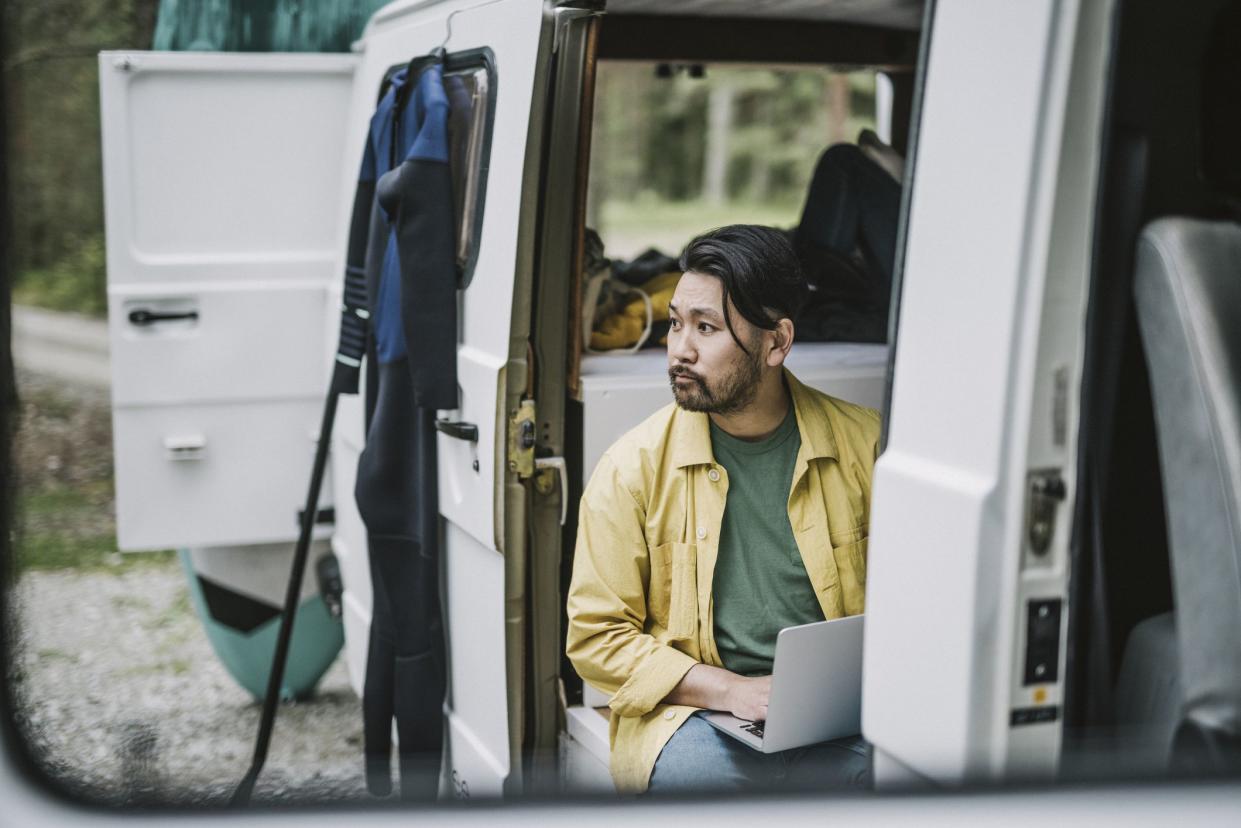
There are also a variety of apps and websites that can help you find campgrounds along the way. Many of these sites include helpful information such as type of site, amenities offered, and user reviews.
Here are a few websites to help in your search:
Allstays – Website and mobile app
Roadtrippers – Website and mobile app
RV Parking – Website and mobile app
Campendium – Website only
Camping Road Trip – Website and mobile app
US Campgrounds – Website and mobile app
RV Park Reviews – Website only
Tripadvisor – Website and mobile app
Yelp – Website and mobile app
KOA – Website only
Questions to consider when choosing a campground: How big are the sites? Are they pull-thru or back-in? Do they have full hook-ups? What time is check-in, and is there a late arrival policy? Do they offer any discounts? Is the campground big-rig friendly? What are the amenities are offered?
Related: Explore the Best National Parks in Every State

Even affordable travel isn’t free, and you need to have a budget in place to help ensure you can make it through your travels with your finances intact.
The first thing to do is to break down all of your trip-related expenses by category. For instance, you’ll need to cover:
The travel itself, which may mean RV rental fees or airfare, as well as the gas needed to get your vehicle where it’s going
Accommodation prices, such as campground fees or hotel rooms
Food for you and your family
Costs associated with sightseeing, like national park entrance fees
RVing is unique in that it can be a very affordable way to travel — or a very expensive one. It all depends on how you go about it! If you want to stay at only the swankiest RV resorts and are planning to travel thousands of miles, you could easily spend a lot of money on your trip. On the other hand, if you’re going to boondock in a place just a few miles from home, you might spend very little.
Related: 8 Clever Ways to Save Money While Traveling in Your RV
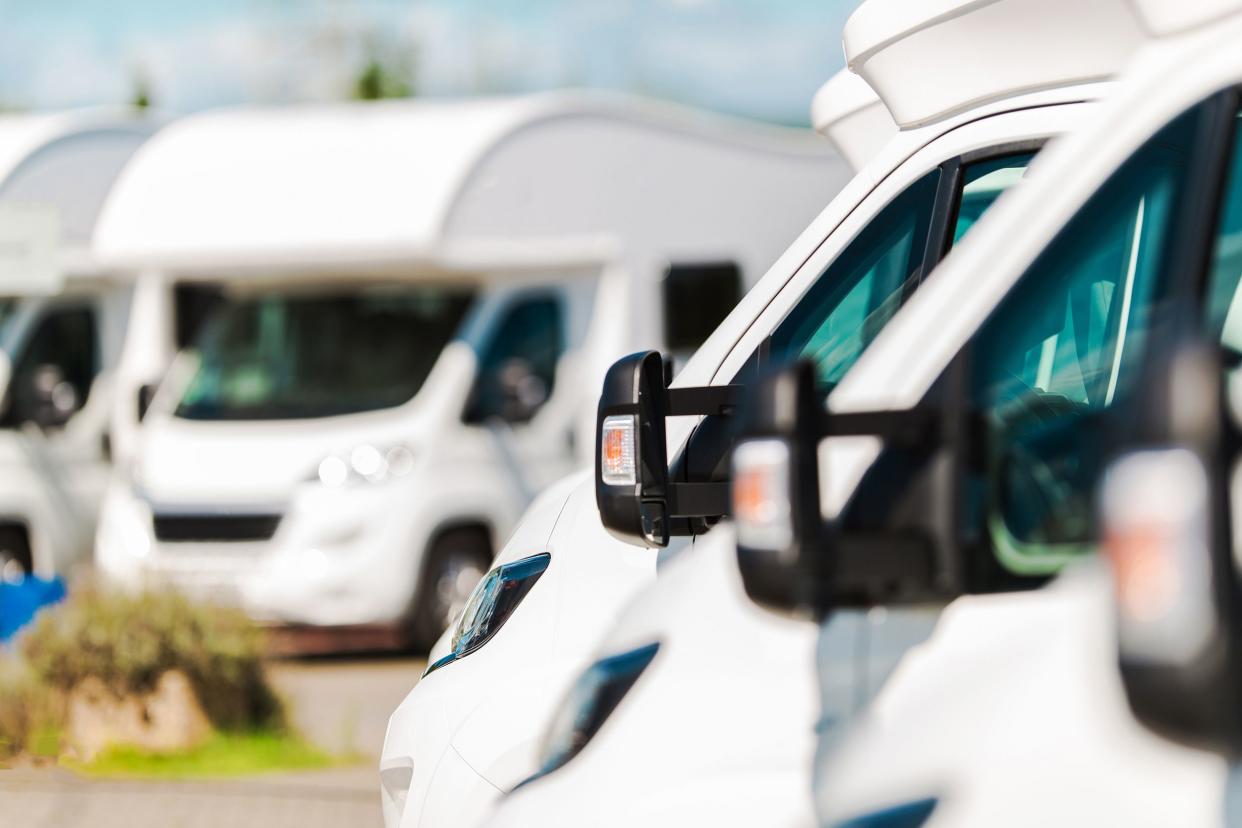
If you’re going to be renting an RV rather than taking your own, you will need to put some thought into the kind of rental vehicle you want for your trip. RVs come in a wide variety of shapes and sizes, from tiny pop-up trailers to large, luxurious Class A motorhomes.
Each type of RV is right for certain campers, but the experience of traveling in these RVs can be very different. For instance, if you’re a solo adventurer looking to get off the grid, a tiny sleeper van might be perfect. On the other hand, if you’re traveling with a large family and need as much sleeping room as possible — or just prefer to live in the lap of luxury — you may want a fifth wheel trailer or Class A rig.
Below are some of the main types of RVs you may find on the market, and which types of campers they’d probably best benefit.
Related: 22 Important Things to Consider Before Buying an RV
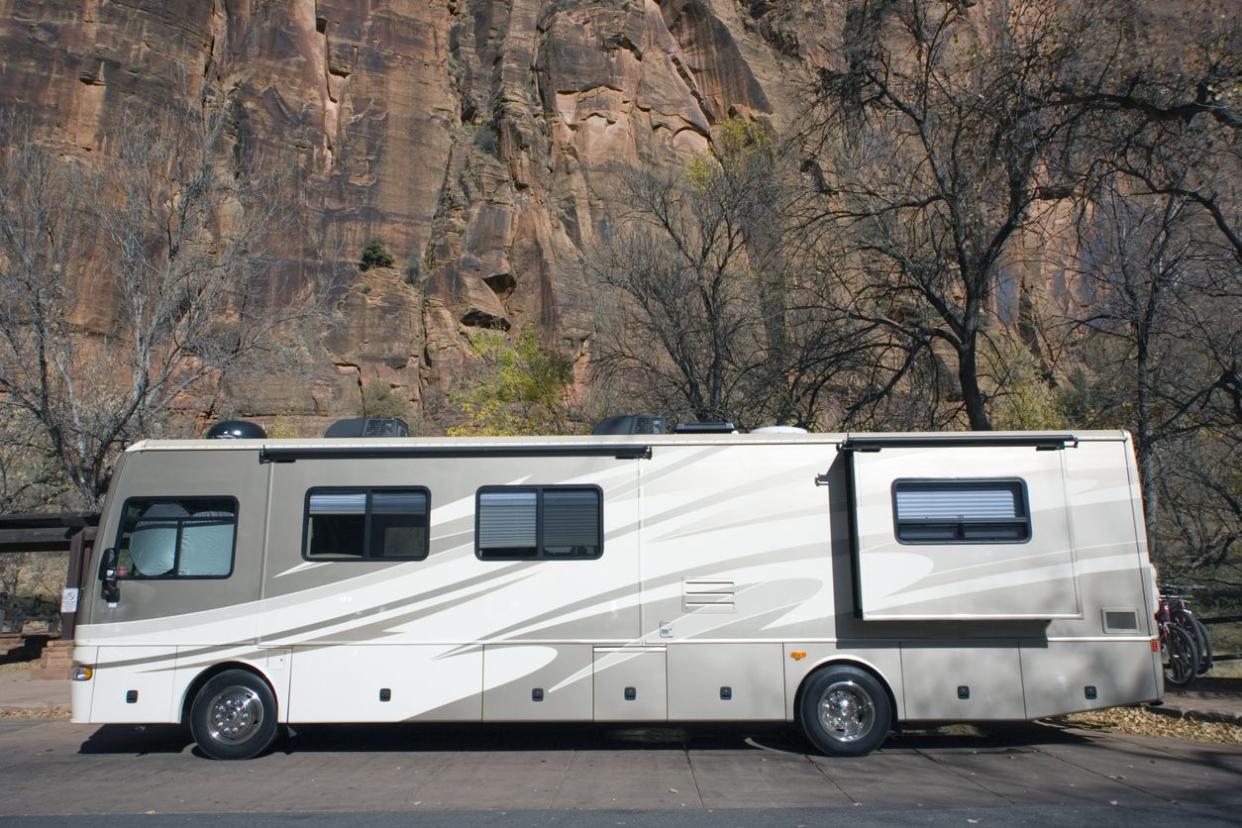
These large, luxurious motorhomes are easy to operate in that they’re motorcoaches; you don’t need to worry about dealing with a tow vehicle. Instead, you just hop in and go where you’re going … with plenty of room for all your family members and their gear, as well.
Class A and Class C motorhomes offer lots of space and luxury, but they tend to be gas guzzlers and can be expensive to rent. That said, they’re very popular particular amongst new RVers, thanks to their ease of use and overall convenience.
Related: RV ABCs: RV Motorhome Classes Explained
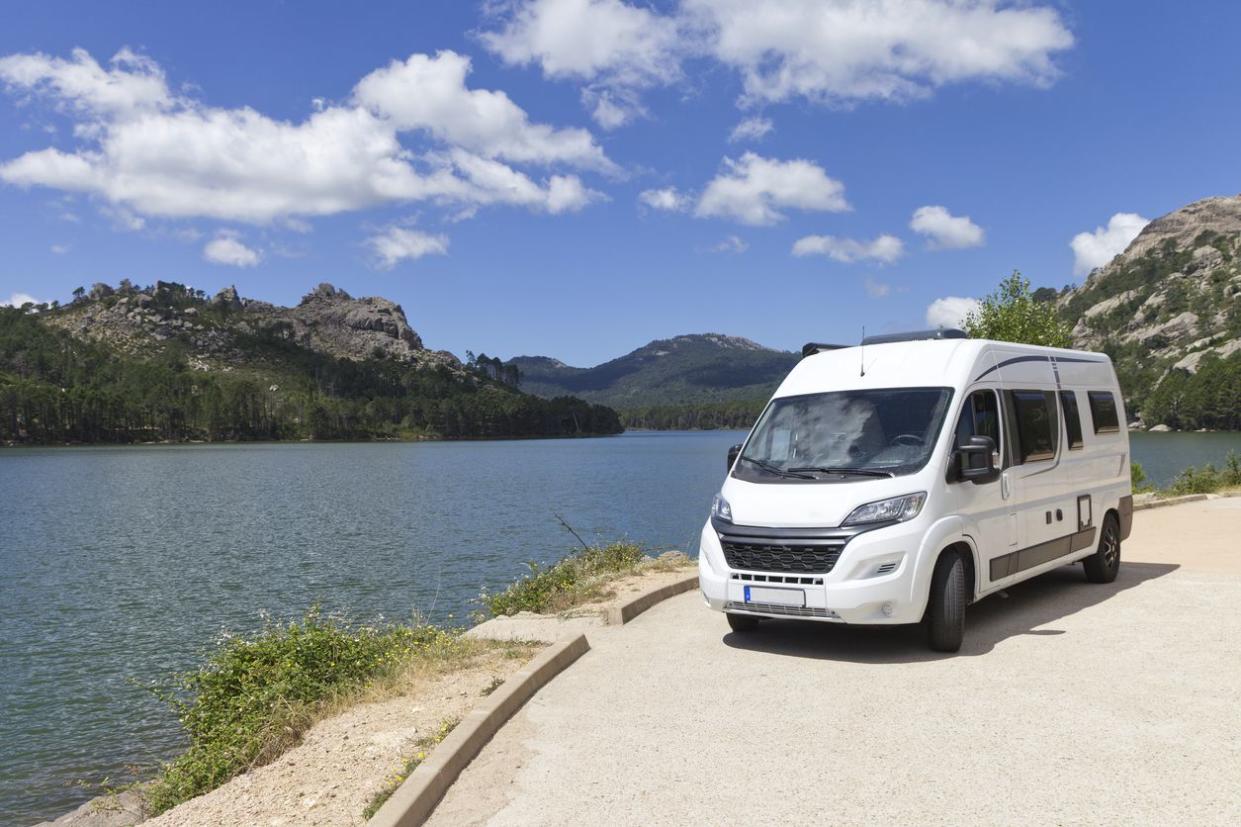
If you’re looking to get away from it all and don’t mind giving up some legroom, a Class B motorhome or sleeper van can be a great way to combine comfort with flexibility. These small RVs only sleep one or two, but they’re easily navigable down the narrow dirt roads that separate you from the most interesting wilderness campsites.
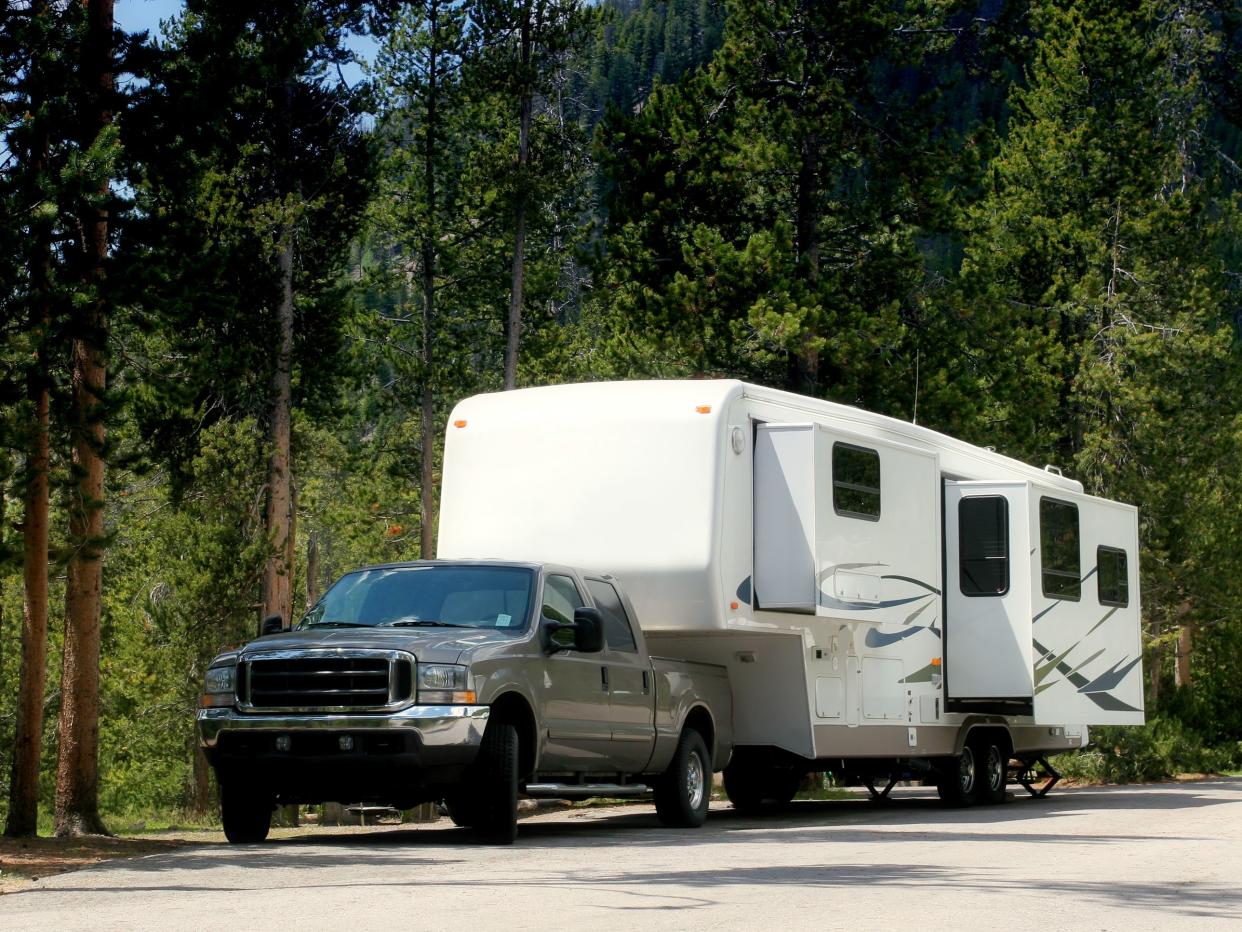
Travel trailers are towable RVs that come in all shapes and sizes, from small and rugged to large and posh. Plus, when you venture out in a travel trailer, you automatically have an auxiliary vehicle available in which to explore your destinations!
Related: 20 Amazing Airstream Trailers You Can Rent on Airbnb
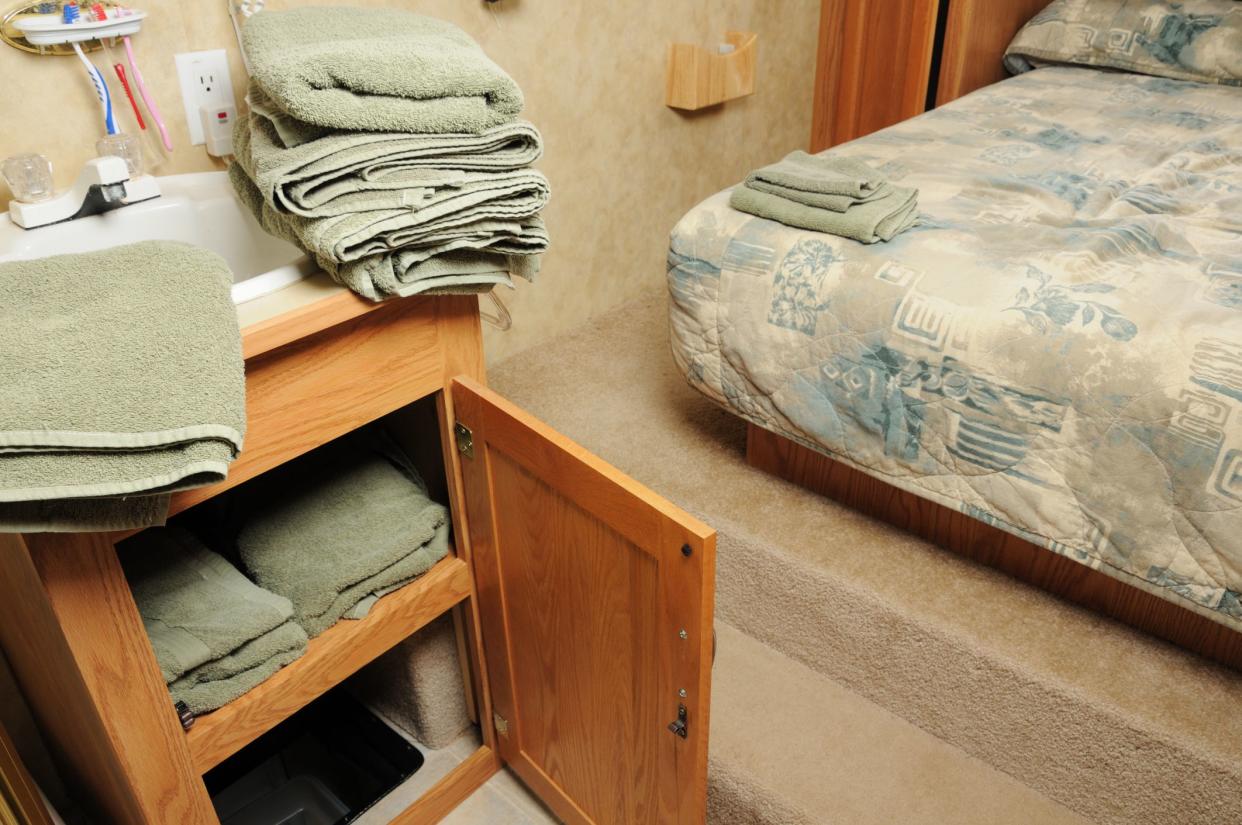
You’ve got the plan, you’ve got the timing, you’ve got the rig … but you still need some more stuff! Ensuring you have all of your necessities can make the difference between a fun vacation and a frustrating drive.
That said, packing for an RV trip is a bit different than packing for one where you’re flying and renting a hotel room, or even a road trip. You need to ensure you have household basics — pots and pans, towels, bedding — as well as the stuff you always take, such as your clothing, accessories, and electronics.
When you rent on a peer-to-peer market, you may find that many of the RV owners include some of these basics with their rental units, so you won’t have to worry about outfitting the rig. But if you rent from a large dealership or agency, you might be responsible for providing your own sheets, pillows, soap, and the like, so know what you are getting.
If you’re planning your trip well in advance, you may also need to think ahead about what weather conditions will be like and plan accordingly.
Related: 32 RV Tips For Laundry And Cleaning On The Road
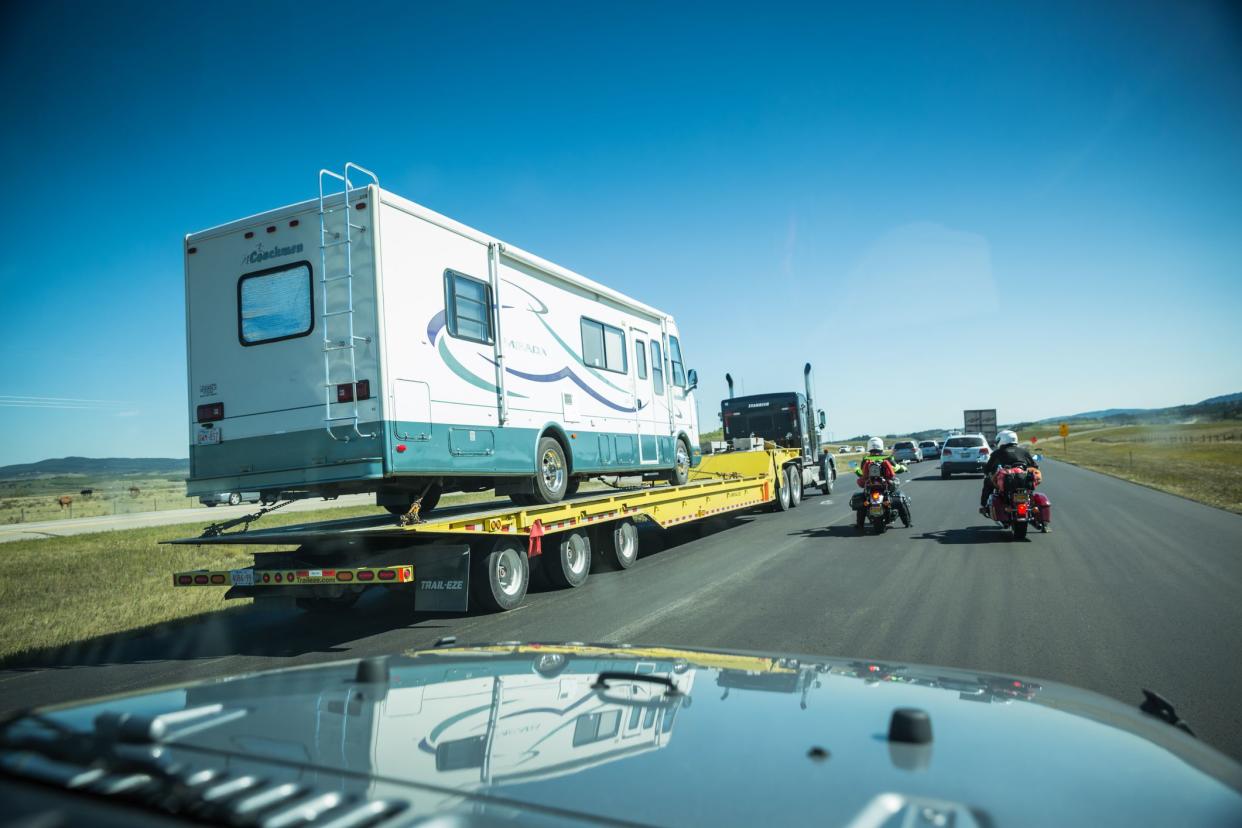
Nobody wants to think about “what ifs” during their vacation. But accidents do happen, and you’ll be a whole lot happier if you’re prepared for them ahead of time. If you're renting an RV, you'll want to check whether insurance is included in the price. If it's not included in your rental or you're driving your own RV, be sure you purchase RV insurance coverage so you won’t have to pay out of pocket for damages or potential injuries if you do have an accident.
Related: RV Repair Near Me: Tips for Finding a Trustworthy RV Repair Service
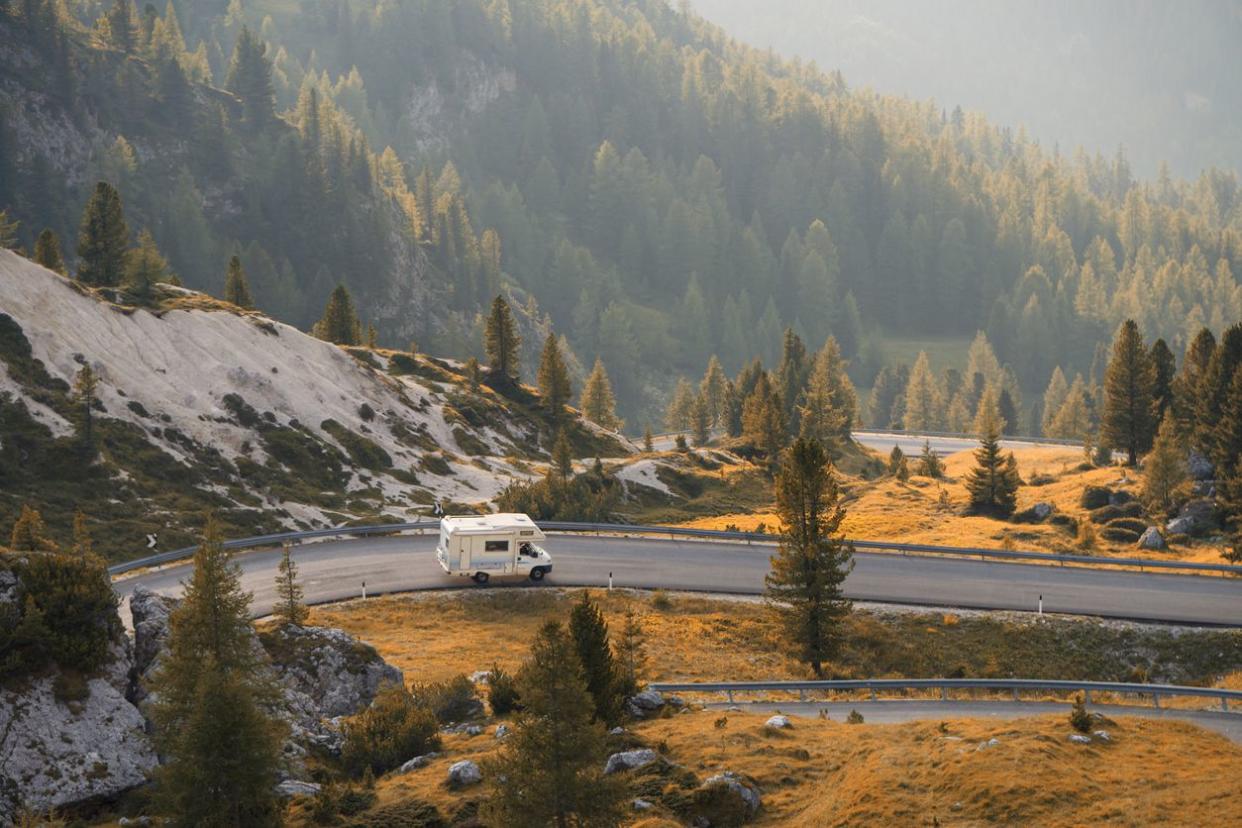
Last, but not least: get ready for fun! RVing is easily one of the most enjoyable ways to travel on the planet. We know that by following these easy tips, you’ll be well on your way to falling head over heels for this unique road lifestyle.
Related: Bucket List RV Trips for 2021
This article originally appeared on RVshare.com and was syndicated by Cheapism.com.